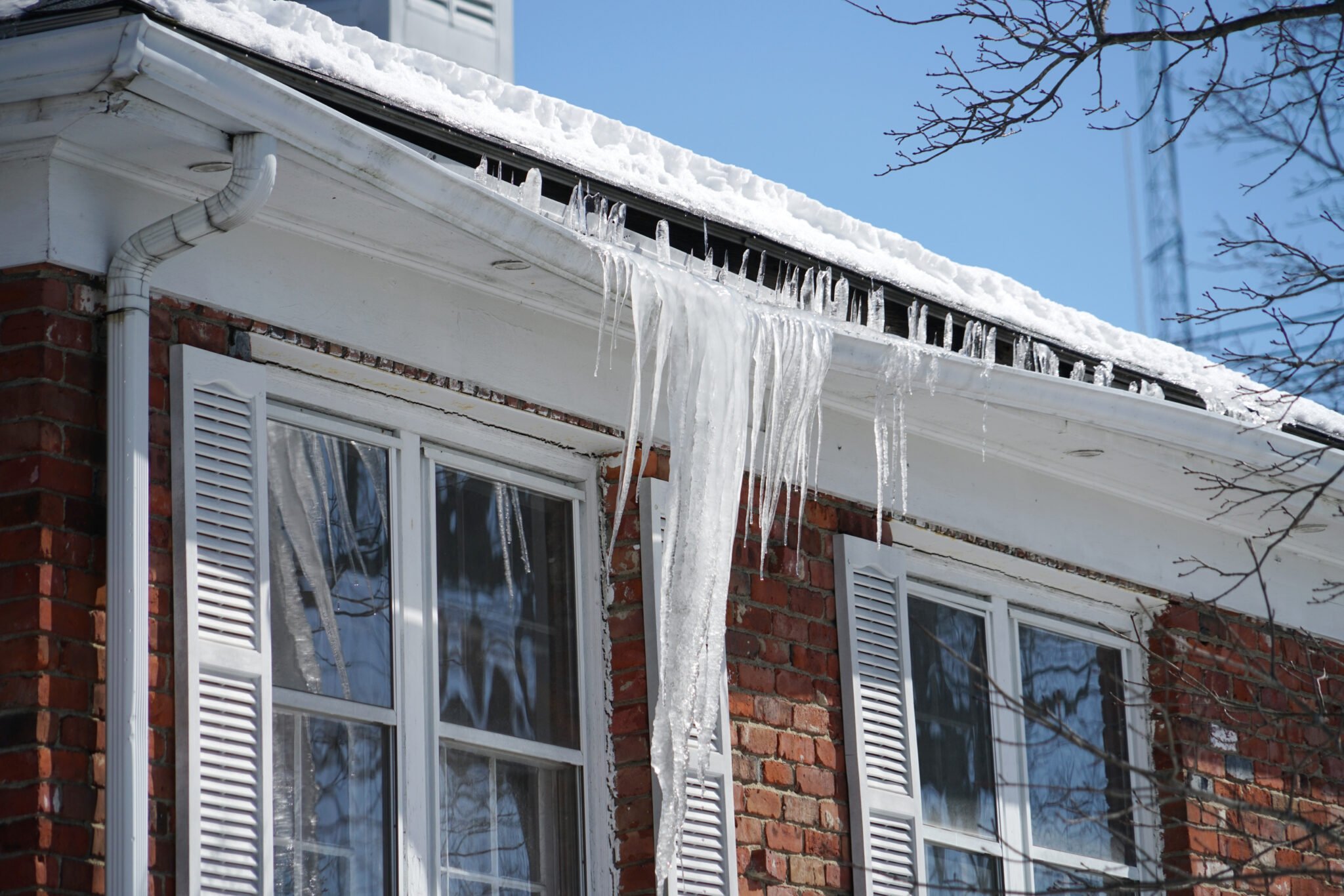Many homeowners are seeking ways to make their homes more energy-efficient—both to save money and to maintain a comfortable living environment year-round. The good news? Improving your home’s energy performance doesn’t always require significant lifestyle changes. With the right upgrades and a few simple adjustments, you can reduce wasted energy, improve comfort, and increase your home’s value.
At Oaks Roofing & Siding, we help homeowners across New York do just that. From replacing old, drafty windows to upgrading outdated siding and roofing, our team can help you pinpoint where your home is losing energy—and fix it for good.
Why Energy Efficiency Matters
Energy efficiency is both about creating a more eco-friendly lifestyle and helping your home work smarter. When your windows, siding, and roof are properly sealed and insulated, your HVAC system doesn’t have to work as hard. That means more consistent indoor temperatures, reduced strain on your furnace or AC, and lower utility bills.
According to the U.S. Department of Energy, heating and cooling account for about half of the average home’s energy use. So if your home feels drafty in the winter or overly warm in the summer, chances are your exterior is working against you.
Dealing With Drafty Windows and Doors
Old or poorly sealed windows and doors are among the biggest culprits of energy loss. If you notice drafts, condensation, or rooms that never reach a comfortable temperature (or stay cool), it may be time for an upgrade.
Energy-efficient windows and doors can significantly reduce heat transfer, helping your home maintain a steady temperature while lowering heating and cooling costs. Oaks offers a variety of ENERGY STAR®-rated options designed to complement your home’s style and improve overall performance.
Upgrade Your Siding
Your siding is a key layer of insulation for your home. Cracked, warped, or faded siding can trap moisture and allow air to leak, forcing your HVAC system to work harder.
Insulated vinyl siding or fiber cement options from Oaks can help keep your home tight and energy-efficient while giving it a fresh new look. When you work with Oaks, we ensure your home is properly wrapped and insulated throughout the siding project to maximize the insulation provided by your siding.
Check the Condition of Your Roof
Your roof plays a significant role in regulating indoor temperature. Missing shingles, poor ventilation, or an aging roof can all contribute to energy waste.
Our team can perform a roof inspection to identify problem areas and recommend upgrades, such as cool roofing materials that reflect sunlight and reduce heat absorption in warmer months. We can also help with seam and flashing repairs around chimneys, windows, skylights, and other problem areas that may allow cold air to enter your home.
Check for Gaps
Gaps around your windows, doors, or attic can lead to significant energy loss over time. Air leaks allow conditioned air to escape and outdoor air to creep in, making your home drafty in the winter and stuffy in the summer. That means your furnace and air conditioner are working overtime, raising your energy bills and wearing out more quickly.
Start by checking common trouble spots, such as around window frames, door thresholds, electrical outlets, and attic access points. If you feel air movement or notice visible light seeping through, it’s a sign that your home may need better sealing or insulation.
Maintaining Your HVAC System
Even the best exterior systems need a little help. Replace your furnace filters regularly and schedule seasonal HVAC maintenance to keep your heating and cooling systems running efficiently.
Prepare Your Home For Cold Weather with Oaks Roofing & Siding
When it comes to energy efficiency, every home is unique. That’s why our team takes a personalized approach—assessing your home’s structure, materials, and insulation levels to recommend the upgrades that will make the biggest impact.
Whether you’re looking for new windows, updated siding, or a complete roofing replacement, Oaks can help you create a more efficient, comfortable home that’s built to last.
Please contact our team, and we will respond quickly to answer any questions you may have or arrange an estimate.
Frequently Asked Home Energy Questions
Looking for more information? Check out these frequently asked questions about fall services and cold-weather home preparations.
Oaks Roofing & Siding: Quality You Can Trust
At Oaks Roofing & Siding, we offer various dumpster sizes to meet your needs. Our dedicated representatives are always here to answer questions so your rental process goes smoothly. Call or contact us today, and we'll be happy to help.



